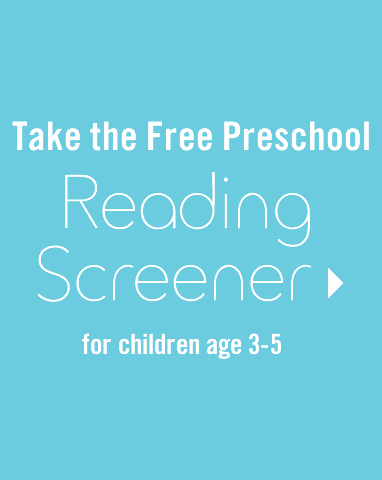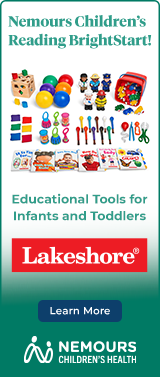In this story, the author compares personality characteristics and traits to a variety of animals (e.g., quick as a cricket, slow as a snail, small as an ant) as they all meld together to describe a delightful little boy. The book showcases beautiful artwork, gentle rhyme and rhythm, and interesting characters to capture the imaginations of young minds. Here's how to read Quick As A Cricket with your child in a way that can strengthen skills like letter knowledge and oral language.
Before, During and After Reading
Oral Language
Read the title of the book as you track under the words with your finger, and name the author and illustrator. Ask your child to point to the cricket and then to show you what it would look like to be as quick as a cricket.
Letter Knowledge
Name some of the letters in the title and see if your child can point to them. If he does not point to the correct letter right away, give him the answer. Repeated successful exposure to alphabet letters is necessary for your child to learn them.
Oral Language
Discuss the beautiful illustrations.
- Talk about what is happening on each page using descriptive language (“The little boy looks so cozy and content resting next to the rabbits in the field of flowers.”).
- Count objects (e.g., number of crickets, ants, rabbits).
- Use positional words (e.g., The boy is above the cricket; he is next to the basset; he is under the branch; he is on top of the rhino).
- Ask your child to role-play: “walk as slowly as a snail”; “make your body as small as an ant”; “show what it looks like to be happy as a lark”
Discuss vocabulary. Talk about what it means to be weak, tough, gentle, shy, tame, etc.
Beginning Writing
Find pictures of the animals in the book or other animals of your choosing. Ask your child to draw a picture of himself in the middle of a large piece of paper. Then ask him to choose animal pictures that describe him and ask why he chose each one. He can then glue the animal pictures around his self-portrait. Write down the reasons your child chose each picture on his artwork.
Phonological Awareness
All of the animals in the book are shown on a two-page spread near the end. Name the animals and see how many your child can point to. Talk about the beginning sounds of some of the animals. For example: Can you find the monkey? Monkey starts with the /m/ sound. Can you say /m//m/monkey?
Learn more about pre-reading skills, and measure your three-year-olds reading readiness with the Preschool Reading Screener. The screener can help you determine if your child is on the path to reading readiness, and provides a free plan for moving forward.








